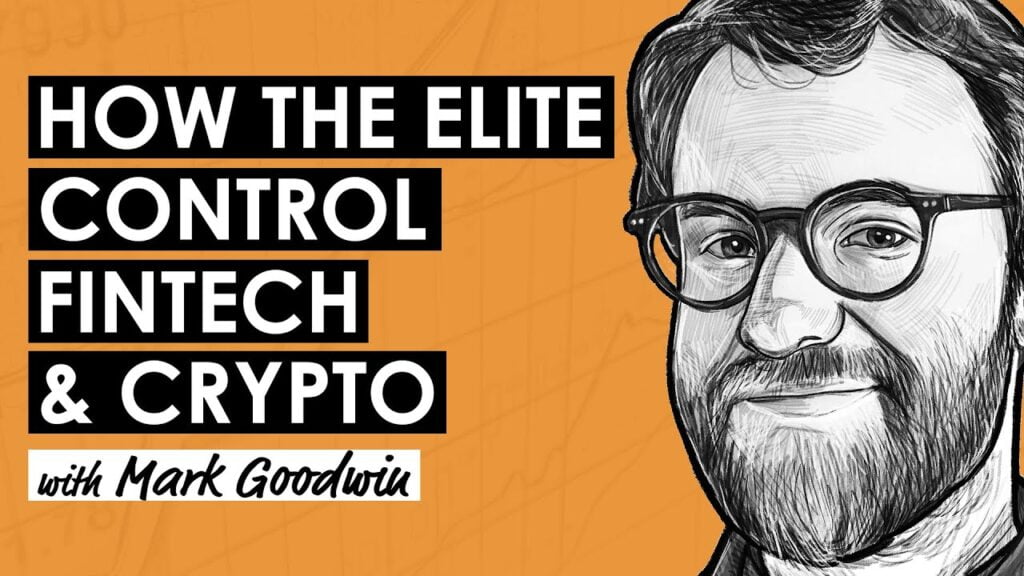Podcast Summary
In a riveting discussion, Kyle Samani of Multicoin Capital and Nick White of Celestia Labs delve into the intricacies of blockchain architectures, specifically comparing modular and integrated systems. Kyle, an influential figure in crypto investments, and Nick, COO of Celestia Labs, lend their unique perspectives to the debate. Central to the dialogue is how blockchains function as asset ledgers and the role they play in payments and trading. The conversation also touches on the technical attributes that make a blockchain system effective, such as low gas fees and high throughput.
The Importance of Developer Choice and Customization
- Empowering Developers: The podcast emphasizes the value of giving developers the freedom to customize blockchain systems to fit specific needs.
- Case Studies: Examples such as Osmosis and Mantah showcase how customization can lead to innovation in areas like efficient ZK verification and on-chain gaming.
- Modular Flexibility: Modular frameworks offer developers greater control over state machines, enabling more nuanced applications that would be difficult to achieve in more rigid, integrated systems.
Scalability Concerns and Solutions
- Data Availability Bottlenecks: The podcast outlines that data availability is a significant challenge for achieving high throughput in blockchain systems.
- Architectural Innovation: Techniques such as data availability sampling are presented as potential solutions to scale data availability.
- Roll-ups as a Solution: The concept of using roll-ups to mitigate risks and align interests in scaling is discussed, offering a glimpse into future scalability solutions.
The Evolving Nature of Blockchain Security
- Security Models: The dialogue explores the importance of end-user verification for blockchain security, especially as more value gets transacted on-chain.
- Weak Subjectivity: The concept of weak subjectivity is discussed in the context of trust and user verification, offering insights into the evolving nature of blockchain security.
- Global Data Availability: The ultimate goal of having a globally verifiable data availability layer is presented, setting a vision for the future of blockchain security.
Trade-offs in System Design
- Complexity vs. Customization: The podcast delves into the complexities that arise from system customization, discussing the challenges and benefits.
- Performance Metrics: Factors such as low latency, high throughput, and low gas fees are highlighted as primary considerations in blockchain system design.
- Integrated vs. Modular: Both approaches come with their own sets of trade-offs, and the podcast concludes that both will likely coexist, each catering to specific market needs.
Sentiment Analysis
- Bullish: The general tone of the podcast was optimistic, especially when discussing the technological advancements in blockchain architectures and their potential impact on asset ledgers.
- Bearish: While the podcast did touch upon some of the challenges facing blockchain technology, such as scalability issues and complexity, these were generally presented as hurdles that can be overcome.
- Neutral: Both Kyle Samani and Nick White presented balanced views on the modular vs. integrated debate, acknowledging the merits and drawbacks of each approach.











